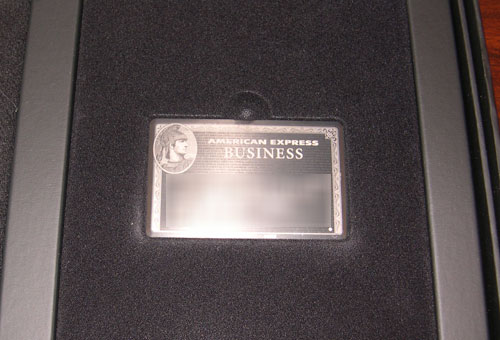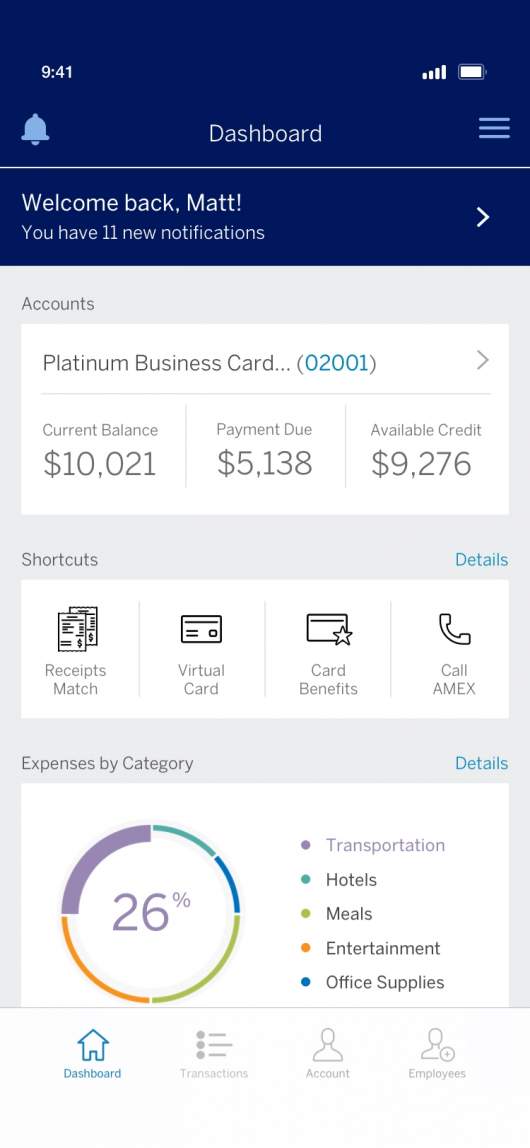American Express, also known as Amex, is a multinational financial services corporation headquartered in New York City. The company was founded in 1850 and has since become one of the largest and most well-known credit card issuers in the world. American Express is known for its high-end credit cards and exclusive membership programs, as well as its extensive network of merchants and partnerships with luxury brands.
However, despite its success, American Express has faced several challenges and controversies over the years. One notable case involved the company's merchant agreement practices, which were the subject of a lawsuit brought by the U.S. Department of Justice (DOJ) in 2010. The DOJ alleged that American Express engaged in anti-competitive behavior by requiring merchants to accept all of its credit cards, even those with higher fees, as a condition of accepting any of its cards. The DOJ argued that this practice harmed competition and resulted in higher prices for consumers.
In response to the DOJ's lawsuit, American Express argued that its merchant agreements were necessary to ensure the stability and integrity of its network, and that its high fees were justified by the benefits it provided to merchants and consumers. The case eventually went to trial, and in 2015, a federal judge ruled in favor of the DOJ and ordered American Express to change its merchant agreement practices.
In the aftermath of the case, American Express revised its merchant agreements to allow merchants to choose which of its credit cards they wanted to accept, rather than being required to accept all of them. This was seen as a victory for the DOJ and for competition in the credit card market.
In addition to the DOJ case, American Express has faced other challenges and controversies over the years. For example, the company has been criticized for its high fees and interest rates, which can be burdensome for some cardholders. It has also faced backlash for its handling of customer complaints and disputes, with some consumers alleging that the company is not always responsive or fair in its resolution of these issues.
Despite these challenges, American Express remains a major player in the financial services industry. The company continues to innovate and adapt to the changing needs of its customers, and its strong brand and reputation have helped it to maintain a loyal customer base. As the company looks to the future, it will undoubtedly face new challenges and controversies, but it is well-positioned to navigate these challenges and continue to succeed in a dynamic and competitive marketplace.
American Express Case Study (500 Words)

It include using the analysis to answer the company's vision, mission and key objectives , and how your suggestions will take the company to next level in achieving those goals. By thoroughly assessing and refining the SWOT analysis, American Express maintains its market-leading position. Grinnell as a justification, see Filistrucchi 303, and as I have already explained, supra, at 16—18, Grinnell does not support this proposition. The case brings up several critical issues revolving around CEO succession and performance evaluation: What should the board take into account when deciding when to ask a CEO to step down? The relevant question is whether merchant-related and shopper-related services are substitutes, one for the other, so that customers can respond to a price increase for one service by switching to the other service. See Indiana Federation of Dentists, 476 U. Due to this, there have been improvements in credit card consumer protection, which is intention for American express. If the defendant makes this showing, then the burden shifts back to the plaintiff to demonstrate that the procompetitive efficiencies could be reasonably achieved through less anticompetitive means.
American Express Case Study

Khan, Restraints can be unreasonable in one of two ways. Rhea did this in order for the students to be able to buy their necessities such as, school supplies. With the variation of card is has put service near the top, meaning that customers are satisfied with the American express knows that you can either keep or lose a customer for life depending on what kind of service the cardholder gets. It found that the credit-card market should be treated as two separate markets—one for merchants and one for cardholders. After placing them in its agreements, American Express found it could maintain, or even raise, its higher merchant prices without losing too many transactions to other firms. So instead of providing recommendations for overall company you need to specify the marketing objectives of that particular brand. That is because, as the majority is forced to admit, the plaintiffs made the factual showing that the majority thinks is required.
American Express Careers & Job Openings

B The majority charts a different path. Third, if the defendant successfully bears this burden, the antitrust plaintiff may still carry the day by showing that it is possible to meet the legitimate objective in less restrictive ways, or, perhaps by showing that the legitimate objective does not outweigh the harm that competition will suffer, i. To the contrary, while they have been in place, the market experienced expanding output and improved quality. In this case, both sides of the two-sided credit-card market—cardholders and merchants—must be considered. Focusing on merchant fees alone misses the mark because the product that credit-card companies sell is transactions, not services to merchants, and the competitive effects of a restraint on transactions cannot be judged by looking at merchants alone. Two-sided platforms therefore must take these indirect network effects into account before making a change in price on either side.
Case Studies and Press

A shopper can pay for a purchase with a particular credit card only if the merchant has signed up for merchant-related card services with the company that issued the credit card that the shopper wishes to use. With its strengths, weaknesses, opportunities, and threats, the company analyzes the brand. As a result of the provisions, the District Court found, American Express was able to raise merchant prices repeatedly without any significant loss of business, because merchants were unable to respond to such price increases by encouraging shoppers to pay with other cards. Cardholders also can receive rewards based on the amount of money they spend, such as airline miles, points for travel, or cash back. American express provides a multiple number of categories of cards; charge cards, credit cards and partner cards. It must also serve a mission: in this case American Express has a strategic need for enterprise architecture that addressed the specific need of shorter time to market products and services and new delivery changes like mobile devices. So too with travel agents: the more airlines whose tickets a travel agent sells, the more potential passengers will likely use that travel agent, and the more potential passengers that use the travel agent, the easier it will likely be to convince airlines to sell through the travel agent.







